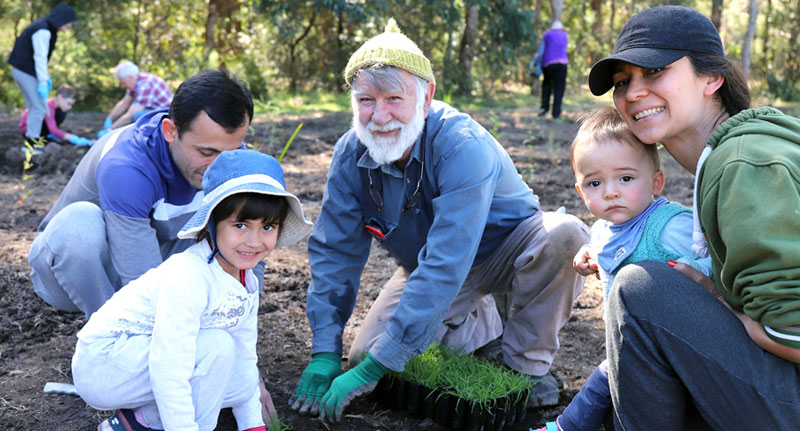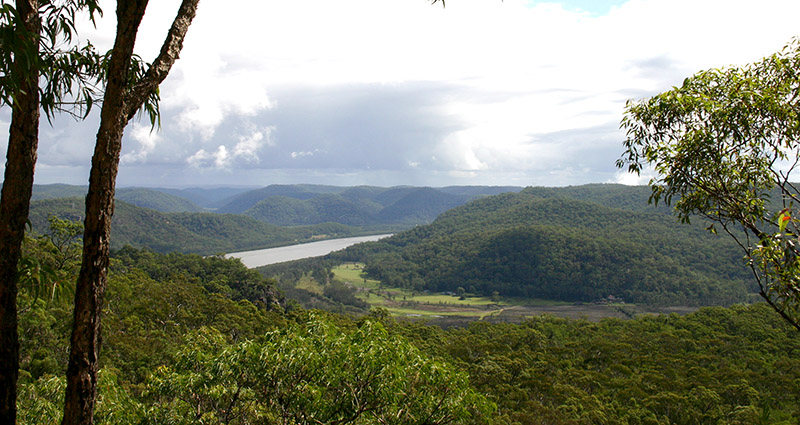Why is the rate needed?
The 1970s and 1980s saw the increasing urbanisation of Hornsby’s sensitive bushland catchments and an influx of tens of thousands of new residents. Sediment runoff from developing and newly developed residential areas and nutrient pollution from sewage treatment plants contributed to the deteriorating quality of local creeks and estuaries.
Unsavoury smells from the natural waterways became more potent and more common; algal blooms were becoming more substantial and more frequent; run off and sewage overflows in wet seasons became more difficult to manage; frog watchers noted the loss of familiar species; recreational fishermen caught fish with black livers; bush walkers watched weeds intrude into relatively pristine natural reserves; indigenous plants died or were depleted by theft; and locals watched the sea grass retreat under increasingly muddy water.
Source: A New Legend – The Story of the Berowra Creek Community Contract (PDF 10.5MB)
By the 1990s it was clear that Hornsby Shire’s waterways were under severe stress. Berowra Creek was being despoiled by instances of fish kills and algal blooms. Urgent action was needed.







